Your opportunity to enter and spread in global markets
Discovery MorePremium Arabic Gum – Natural Acacia Gum for Health and Food Applications
الصمغ عربي فاخر
اكتشف نقاء وتنوع صمغنا العربي الفاخر ، وهو راتنج طبيعي يُستخرج من عصارة أشجار الأكاسيا. عُرف الصمغ العربي لقرون كمكون ثمين في أفريقيا والشرق الأوسط، وهو الآن مشهور عالميًا بفضل تطبيقاته الصحية والغذائية والصناعية المتميزة.
علكتنا طبيعية 100%، مصدرها أشجار أكاسيا السنغال المستدامة. خالية من الإضافات والمواد الحافظة والمواد الكيميائية، مما يضمن أعلى جودة للاستهلاك والإنتاج. تذوب هذه العلكة بسهولة في الماء، مما يُكوّن محلولاً ناعماً وخالياً من الطعم، يمتزج بسلاسة مع الأطعمة والمشروبات والمكملات الغذائية .
بفضل غناه بالألياف الغذائية القابلة للذوبان، يدعم الصمغ العربي صحة الجهاز الهضمي، ويعزز توازن ميكروبات الأمعاء، ويساعد على تنظيم مستويات الكوليسترول. كما يُستخدم على نطاق واسع كمضاد حيوي، مما يجعله إضافة قيّمة لروتين الصحة والعافية الحديث.
في صناعة الأغذية، يُستخدم الصمغ كمستحلب ومُثبِّت ومُكثِّف فعَّال. ويُستخدم عادةً في المشروبات الغازية والحلويات والمخبوزات والآيس كريم والصلصات، حيث يُحسِّن قوامها ومدة صلاحيتها دون أن يُغيِّر طعمها.
يثق مُصنّعو الأدوية ومستحضرات التجميل بصمغنا لخصائصه الطبيعية في الترابط وتكوين الأغشية. وهو مثالي للأقراص، والهلام، والمستحضرات، ومنتجات العناية بالبشرة التي تتطلب مكونات نظيفة.
سواء كنتَ من مُحبي التغذية، أو طاهيًا، أو مُصنِّعًا، فإن هذا الصمغ العربي المُتعدد الاستخدامات يُوفِّر أداءً ونقاءً في جميع أشكاله. يتوفر صمغنا العربي الفاخر على شكل حبيبات ومسحوق، مُناسبًا لاحتياجاتك الخاصة.
استمتع بالقوة الطبيعية للصمغ العربي – وهو مكون تم اختباره على مر الزمن وله فوائد حديثة لا حصر لها.
Yarin
Description
الصمغ العربي: راتنج الطبيعة ذو الجذور العريقة
من بين الكنوز العديدة التي تقدمها الطبيعة، قليلٌ منها يحظى بتقديرٍ تاريخيٍّ وتعدد استخداماته العلمية كالصمغ العربي . يُستخرج هذا الراتنج الطبيعي من شجرة الأكاسيا القوية، وقد جاب الأزمان والقارات والحضارات، ويُعرف بخصائصه القوية واستخداماته الواسعة.
في هذا القسم، نتعمق في أصول الصمغ، ومصادره النباتية، وأهميته التاريخية، والأدوار التقليدية التي يلعبها ، مما يوفر فهمًا أساسيًا لسبب بقاء هذه المادة المتواضعة ذات قيمة عالية حتى يومنا هذا.
1.1 ما هو الصمغ العربي؟
Arabic gum, also known as Acacia gum, is a natural exudate obtained from the bark of Acacia trees, primarily Acacia senegal and Acacia seyal. When the tree’s bark is wounded, it secretes a hardened, amber-like substance — the gum — as a protective mechanism. This resin is later harvested, cleaned, dried, and processed into various commercial forms.
As a water-soluble dietary fiber, gum dissolves easily into liquids, forming a stable, non-viscous solution. It is odorless, tasteless, and extremely gentle on the digestive system, making it suitable for both food and pharmaceutical applications.
1.2 Geographic Origin and Natural Habitat
The origin of Arabic gum lies in the semi-arid and arid regions of sub-Saharan Africa, particularly the Gum Belt — a stretch of land spanning across Sudan, Chad, Nigeria, Senegal, and Mauritania. Sudan, in particular, has long been recognized as one of the world’s leading producers of high-quality gum.
Acacia trees thrive in harsh, dry climates where few other crops survive. Their deep root systems allow them to access underground water, and their ability to fix nitrogen contributes to soil health — making them vital to sustainable land management in desert-prone regions.
1.3 Historical Significance and Cultural Use
The use of Arabic gum dates back thousands of years. Ancient Egyptians used it extensively in:
-
Embalming rituals and mummification, as a binding agent
-
Cosmetics and ink for hieroglyphics
-
Food and medicine, where gum was dissolved in drinks and used to treat various ailments
In Islamic tradition, Arabic gum is referred to in classical medicine as a healing substance with multiple benefits. In West African societies, gum was traded along trans-Saharan routes and valued as both a commercial commodity and a medicinal ingredient.
Historical records also indicate that Greek and Roman physicians used gum for treating wounds, digestive issues, and even as an adhesive in parchment making.
1.4 Acacia Species Producing Gum
There are over 1,200 species of Acacia trees worldwide, but only a few are known to produce commercially viable gum. The two most important sources are:
🔹 Acacia senegal
-
Produces high-grade gum arabic, often referred to as hard gum
-
Superior solubility and emulsifying properties
-
Primarily exported for food, pharmaceutical, and beverage industries
🔹 Acacia seyal
-
Yields a slightly different form of gum, often called friable gum
-
More brittle in texture, with slightly lower emulsifying capacity
-
Common in industrial applications and traditional uses
Other species, such as Acacia laeta and Acacia nilotica, may produce gum in smaller quantities, but are not widely used in global markets.
1.5 Natural Harvesting and Collection
The collection of gum is a labor-intensive yet sustainable process. Local farmers and gum tappers score the bark of mature Acacia trees using specialized tools. Over time, the gum exudes naturally and hardens on the surface of the bark. This hardened resin is then manually harvested and collected in sacks or baskets.
The harvesting season typically lasts from November to May, depending on climatic conditions. Once collected, the gum is:
-
Cleaned to remove bark, dust, and impurities
-
Sorted based on size, color, and grade
-
Dried and packed for export or further processing
This eco-friendly method allows for continuous gum production without harming the tree, making gum harvesting an important source of income and employment in rural African communities.
1.6 Traditional and Folk Applications
In addition to its commercial uses, gum has played a vital role in traditional healing systems. Common traditional uses include:
-
Digestive Aid – dissolved in warm water or milk to soothe the stomach
-
Cough Remedy – used to coat the throat and reduce irritation
-
Wound Dressing – applied to minor cuts as a natural barrier
-
Infant Nutrition – added to porridge or milk for added nutrition
-
Skincare – applied as a facial mask for softening and tightening skin
These practices continue today in many regions, reflecting the long-standing trust in the natural efficacy of gum.
1.7 Socioeconomic Importance in Producing Countries
In countries like Sudan, Nigeria, and Chad, Arabic gum is more than a commodity — it’s a lifeline for rural economies. The gum trade supports:
-
Thousands of small-scale farmers
-
Community-based cooperatives
-
Export industries linked to agriculture and trade
Fair trade practices and sustainable harvesting programs have become increasingly important, helping ensure that gum producers receive fair compensation while protecting the Acacia ecosystem.
Additionally, gum is one of the few cash crops that thrives in degraded soils, giving it unique significance in regions suffering from desertification and climate stress.
1.8 A Gift from Nature with a Future in Science
Although it has ancient roots, Arabic gum continues to attract the attention of scientists and industry leaders. Its unique chemical composition — primarily composed of complex polysaccharides and glycoproteins — offers:
-
Superior emulsifying ability
-
Exceptional film-forming capacity
-
High biocompatibility and digestibility
This has positioned gum as a preferred ingredient in:
-
Clean-label food products
-
Nutraceuticals and functional beverages
-
Controlled drug delivery systems
-
Biodegradable materials and edible coatings
Conclusion of Part 1: The Legacy of Arabic Gum Begins with Nature
From the arid plains of Africa to the laboratories of modern science, the journey of gum begins with nature and continues through culture, tradition, and innovation. Revered in history, sustained by communities, and empowered by science — Arabic gum remains one of the most versatile, sustainable, and valuable natural products in the world.
In the next section, we will explore the chemical composition, nutritional properties, and health benefits of Arabic gum, and uncover why it is becoming a core ingredient in health and wellness industries around the globe
Nutritional Value and Health Benefits of Arabic Gum
Among the many natural ingredients making waves in the health and wellness industries, Arabic gum stands out for its impressive nutritional profile and wide range of physiological benefits. Extracted from the Acacia tree, this naturally occurring gum is more than just a food additive — it is a functional dietary fiber with therapeutic properties recognized in both traditional and modern medicine.
In this section, we will explore the nutritional components of gum, its role in supporting various aspects of human health, and its growing popularity in wellness products worldwide.
2.1 Nutritional Composition of Arabic Gum
Despite being a resin, Arabic gum is classified as a complex polysaccharide — specifically a type of soluble dietary fiber. It is composed primarily of:
-
Arabinogalactan: A non-starch polysaccharide
-
Glycoproteins: Contributing to the emulsifying properties of the gum
-
Minerals: Including calcium, magnesium, and potassium
-
Natural sugars: Like arabinose, galactose, and rhamnose
🔹 Key Nutritional Features per 10g serving of gum:
-
Calories: ~20 kcal
-
Dietary fiber: ~9 g
-
Protein: Trace amounts
-
Fat: 0 g
-
Carbohydrates: Mostly non-digestible fiber
-
Cholesterol: 0 mg
-
Gluten: None (naturally gluten-free)
As a high-fiber, low-calorie substance, gum supports digestive and metabolic functions without adding fat, sugar, or allergens to the diet.
2.2 Gut Health and Digestive Support
One of the most well-known health benefits of Arabic gum lies in its ability to promote digestive health. As a soluble fiber, it resists digestion in the upper gastrointestinal tract and reaches the colon, where it is fermented by beneficial gut bacteria.
✅ Digestive Benefits of Gum:
-
Prebiotic effect – Promotes growth of beneficial microbes like Bifidobacteria and Lactobacillus
-
Improves bowel regularity – Helps relieve constipation and bloating
-
Soothes the gut lining – Useful in managing conditions like IBS and gastritis
-
Reduces intestinal inflammation – By modulating gut microbiota
Several studies confirm that regular intake of gum can contribute to improved gut integrity and nutrient absorption, enhancing overall wellness.
2.3 Heart Health and Cholesterol Regulation
Because of its high fiber content, Arabic gum is beneficial in managing cholesterol levels and supporting cardiovascular health.
🔸 How gum supports heart health:
-
Binds to bile acids in the gut, promoting excretion and reducing cholesterol reabsorption
-
Lowers LDL (bad cholesterol) levels without affecting HDL (good cholesterol)
-
Improves blood lipid profile over time
-
Supports healthy blood pressure thanks to potassium and magnesium content
Daily consumption of gum may reduce the risk of atherosclerosis, stroke, and heart disease, especially when combined with a balanced diet.
2.4 Blood Sugar Balance and Diabetes Management
Arabic gum has a low glycemic index and slows the digestion and absorption of carbohydrates. This makes it particularly beneficial for people managing Type 2 diabetes, insulin resistance, or prediabetes.
🔹 Blood sugar benefits of gum:
-
Reduces post-meal glucose spikes
-
Improves insulin sensitivity
-
Enhances glycemic control
-
Promotes satiety, reducing overeating and sugar cravings
Incorporating gum into diabetic meal plans — whether in beverages, smoothies, or health bars — offers natural blood sugar support.
2.5 Weight Management and Appetite Control
Due to its ability to form a gel-like substance in the stomach, Arabic gum helps promote fullness and reduce appetite.
✅ Weight-related benefits:
-
Delays gastric emptying – Keeps you feeling full for longer
-
Controls cravings – Especially for sugar and processed foods
-
Reduces overall calorie intake – Without compromising nutrition
-
Supports fat metabolism
For individuals aiming for weight loss or maintenance, gum serves as a valuable, zero-fat fiber supplement.
2.6 Immunity Boost and Anti-inflammatory Effects
The prebiotic and anti-inflammatory nature of Arabic gum has direct benefits on the immune system.
🔸 Immune-enhancing mechanisms:
-
Stimulates the production of short-chain fatty acids (SCFAs) like butyrate, which enhance immune cell function
-
Reduces systemic inflammation
-
Supports gut-associated lymphoid tissue (GALT), a key immune component
-
Contains antioxidant properties that protect cells from oxidative stress
Regular use of gum may help reduce the frequency of infections, allergies, and chronic inflammation, especially in immune-compromised individuals.
2.7 Oral Health Support
Arabic gum has been used traditionally to support oral hygiene, and modern research backs its role in maintaining healthy teeth and gums.
Dental benefits of gum:
-
Inhibits bacterial growth associated with cavities and gum disease
-
Promotes salivation – Preventing dry mouth
-
Strengthens gum tissue – Thanks to its anti-inflammatory and astringent properties
-
Helps heal mouth ulcers
Many natural toothpastes and mouthwashes include gum as a key ingredient for its antibacterial and soothing effects.
2.8 Liver Function and Detoxification
Emerging evidence suggests that Arabic gum may benefit liver health, particularly in individuals exposed to high levels of toxins or undergoing pharmacological treatments.
Benefits may include:
-
Reduces liver enzymes (ALT, AST) associated with inflammation
-
Protects liver cells from oxidative stress
-
Enhances detoxification capacity through gut-liver axis modulation
-
Supports patients with chronic kidney disease, who are at risk of hepatic complications
While more research is needed, the initial findings support the inclusion of gum in liver-supportive health regimens.
2.9 Safe for All Ages and Diets
Because it is plant-based, hypoallergenic, and gluten-free, Arabic gum is suitable for a wide range of dietary lifestyles:
-
Vegetarian and vegan
-
Halal and kosher certified
-
Celiac and gluten-sensitive diets
-
Children and elderly
-
Pregnant and breastfeeding women (under supervision)
Its gentle action and neutral taste make it easy to incorporate into foods, drinks, or as a standalone fiber supplement.
2.10 Gum in Nutraceuticals and Functional Foods
With the rise in demand for clean-label, functional nutrition, Arabic gum is now a staple in:
-
Health drinks and smoothies
-
Dietary supplements (capsules, powders)
-
Prebiotic snacks and energy bars
-
Fiber-fortified foods for digestion and weight control
-
Meal replacement products
Manufacturers favor gum for its stability, mixability, and biofunctionality — all without adding artificial chemicals or allergens.
Conclusion of Part 2: Gum – A Functional Superfiber
In every spoonful, Arabic gum delivers powerful support for digestive, metabolic, and immune health. As a naturally derived soluble fiber, it stands at the intersection of traditional medicine and modern nutrition. With its wide-ranging benefits, gum is more than just a food additive — it’s a natural wellness enhancer backed by science and trusted across cultures.
In the next section, we will explore how Arabic gum is processed into commercial forms, packaged, and distributed globally — bridging tradition with commerce and innovation
Gum Processing, Commercial Forms, and Packaging Standards
The journey of Arabic gum from the Acacia tree to the consumer market involves careful processing, strict quality control, and packaging techniques that preserve its purity and functionality. This naturally harvested resin undergoes a transformation — from raw nodules into a wide range of commercial formats suited for food, pharmaceutical, and industrial applications.
In this section, we examine how gum is processed, explore the different forms it takes in global markets, and understand the standards that govern its packaging, safety, and shelf life.
3.1 Post-Harvest Processing of Gum
After gum is collected from the bark of Acacia trees, it undergoes several essential post-harvest procedures to prepare it for commercial use. These steps ensure that the gum is safe, clean, and suitable for human consumption or industrial application.
🔹 Main Processing Steps:
-
Cleaning
Raw gum often contains bark fragments, sand, and plant debris. These are removed manually or using mechanical sifters and air blowers. -
Sorting and Grading
The cleaned gum is sorted based on size, color, transparency, and purity. Premium-grade gum is lighter in color and more uniform in shape. -
Drying
To reduce moisture content, gum is dried in the sun or under controlled conditions. This prevents mold growth and extends shelf life. -
Grinding
In many applications, gum is milled into a fine powder for better solubility and easier mixing. Industrial-grade gum may be processed into larger granules or flakes. -
Pasteurization (Optional)
Some manufacturers subject gum to mild heat treatment or irradiation to ensure microbiological safety. -
Spray Drying (for Instant Gum)
In high-tech processing plants, gum is dissolved in water and spray-dried into a uniform powder — ideal for instant dispersion in liquids.
3.2 Commercial Forms of Arabic Gum
Arabic gum is sold in multiple forms to cater to different end-users. Each format offers unique properties and applications, from food manufacturing to pharmaceutical encapsulation.
🔸 1. Raw Gum Nodules
-
Unprocessed, natural form directly collected from trees
-
Used in traditional medicine and craft industries
-
Often exported as bulk material for further processing
🔸 2. Granular Gum
-
Cleaned and crushed into small, irregular pieces
-
Easy to store and handle
-
Used in food, cosmetics, and confectionery industries
🔸 3. Powdered Gum
-
The most common commercial form
-
Fine, light-colored powder with high solubility
-
Ideal for drinks, pharmaceuticals, and supplements
-
Dissolves instantly in water and does not form lumps
🔸 4. Spray-Dried Gum
-
Highly purified and homogenized for instant application
-
Offers maximum consistency in flavorless emulsions
-
Often labeled as “instant gum” or “refined gum powder”
🔸 5. Liquid Gum Solution
-
Pre-dissolved gum in water
-
Used in food service and beverage production
-
Convenient for precise dosing and blending
🔸 6. Encapsulated Gum (Capsules/Tablets)
-
Common in the nutraceutical market
-
Delivered as dietary fiber supplements or prebiotics
-
Often combined with herbs or minerals
Each of these forms retains the core properties of gum — solubility, film-forming ability, and health-enhancing potential — while offering application-specific benefits.
3.3 Applications by Commercial Form
🔹 Food Industry:
-
Powdered gum acts as an emulsifier, stabilizer, and thickener
-
Granules are used in confectionery, especially for soft and chewy textures
-
Liquid gum is applied in soft drinks and flavor emulsions
🔹 Pharmaceuticals:
-
Spray-dried gum is a preferred excipient in tablets and syrups
-
Encapsulated gum is marketed as a high-fiber supplement
-
Used as a binder and release agent in pill production
🔹 Cosmetics and Personal Care:
-
Powdered gum stabilizes creams and lotions
-
Used in facial masks for its film-forming and skin-soothing properties
-
Acts as a viscosity enhancer in shampoos and gels
🔹 Industrial Uses:
-
Gum is used in textile printing, adhesives, and ceramic glazes
-
Functions as a thickener and binder in paints and inks
-
Biodegradable and eco-friendly — replacing synthetic chemicals
3.4 Packaging and Storage Standards
Maintaining the quality of gum through proper packaging is essential. Exposure to moisture, air, or contaminants can compromise its integrity and functionality.
✅ Key Packaging Features:
-
Moisture Protection
-
Gum is hygroscopic (absorbs moisture easily), so airtight packaging is critical
-
Polyethylene-lined bags, vacuum-sealed pouches, or laminated paper bags are used
-
-
Contamination Prevention
-
Packaging must be food-grade and sealed to prevent microbial growth
-
Tamper-proof seals are commonly used for retail packs
-
-
Size and Format
-
Retail packs: 100g to 1kg for powder or capsules
-
Bulk sacks: 25kg to 50kg for industrial and commercial use
-
Liquid gum: Stored in drums or IBC tanks (Intermediate Bulk Containers)
-
-
Labeling and Compliance
-
Labels must display product name, source species (e.g., Acacia Senegal), batch number, nutritional facts, and expiration date
-
Certifications like Halal, Kosher, Organic, or ISO are often included for international markets
-
3.5 Shelf Life and Storage Conditions
Arabic gum is known for its excellent shelf stability, especially in its dried forms. However, storage conditions greatly influence its usability.
🕓 Typical Shelf Life:
-
Powdered gum: 18–24 months
-
Granules: 12–18 months
-
Liquid gum: 6–12 months (depending on preservation methods)
🌡️ Storage Recommendations:
-
Keep in a cool, dry place away from direct sunlight
-
Maintain temperature below 25°C (77°F)
-
Avoid contact with moisture or steam
-
أعد إغلاقه بعد الاستخدام لمنع التكتل
في ظل الظروف المناسبة، يحتفظ الصمغ بخصائصه المستحلبة والرابطة والتغذوية، مما يجعله موثوقًا به بالنسبة للمصنعين والمستخدمين النهائيين على حد سواء.
3.6 مراقبة الجودة والشهادات
ولضمان الاتساق والسلامة، يطبق منتجو العلكة ذوو السمعة الطيبة بروتوكولات شاملة لمراقبة الجودة:
-
الاختبار الميكروبي (البكتيريا والعفن والخميرة)
-
تحليل النقاء (محتوى الرماد، الرطوبة، البروتين)
-
فحوصات حجم الجسيمات والذوبان
-
فحص المعادن الثقيلة
-
الالتزام بمعايير سلامة الأغذية ، بما في ذلك HACCP وISO 22000 ولوائح إدارة الغذاء والدواء
يحصل العديد من المصنعين الراقين أيضًا على:
-
شهادات GMP (ممارسات التصنيع الجيدة)
-
وضع الحلال والكوشر لجاذبية عالمية
-
شهادة عضوية للأسواق الطبيعية والواعية بيئيًا
وتعمل هذه الشهادات على تعزيز ثقة المستهلك وتتيح فرص تصدير أوسع.
خاتمة الجزء الثالث: من راتنج الأشجار إلى المكون العالمي
إن المعالجة الدقيقة والتعبئة الدقيقة للصمغ العربي هما ما يحولانه من إفرازات شجرية خام إلى مكون وظيفي مطلوب عالميًا. يتوفر الصمغ بأشكال متنوعة – من المساحيق الناعمة إلى السوائل الجاهزة للاستخدام – ويلبي احتياجات قطاعات الأغذية والصحة والصناعة على قدم المساواة.
مع تزايد الطلب على المكونات النظيفة والمستخرجة من النباتات ومتعددة الاستخدامات، يواصل الصمغ العربي تألقه كحل مستدام ومتعدد الاستخدامات – يربط بين الطبيعة والتقاليد والابتكار.

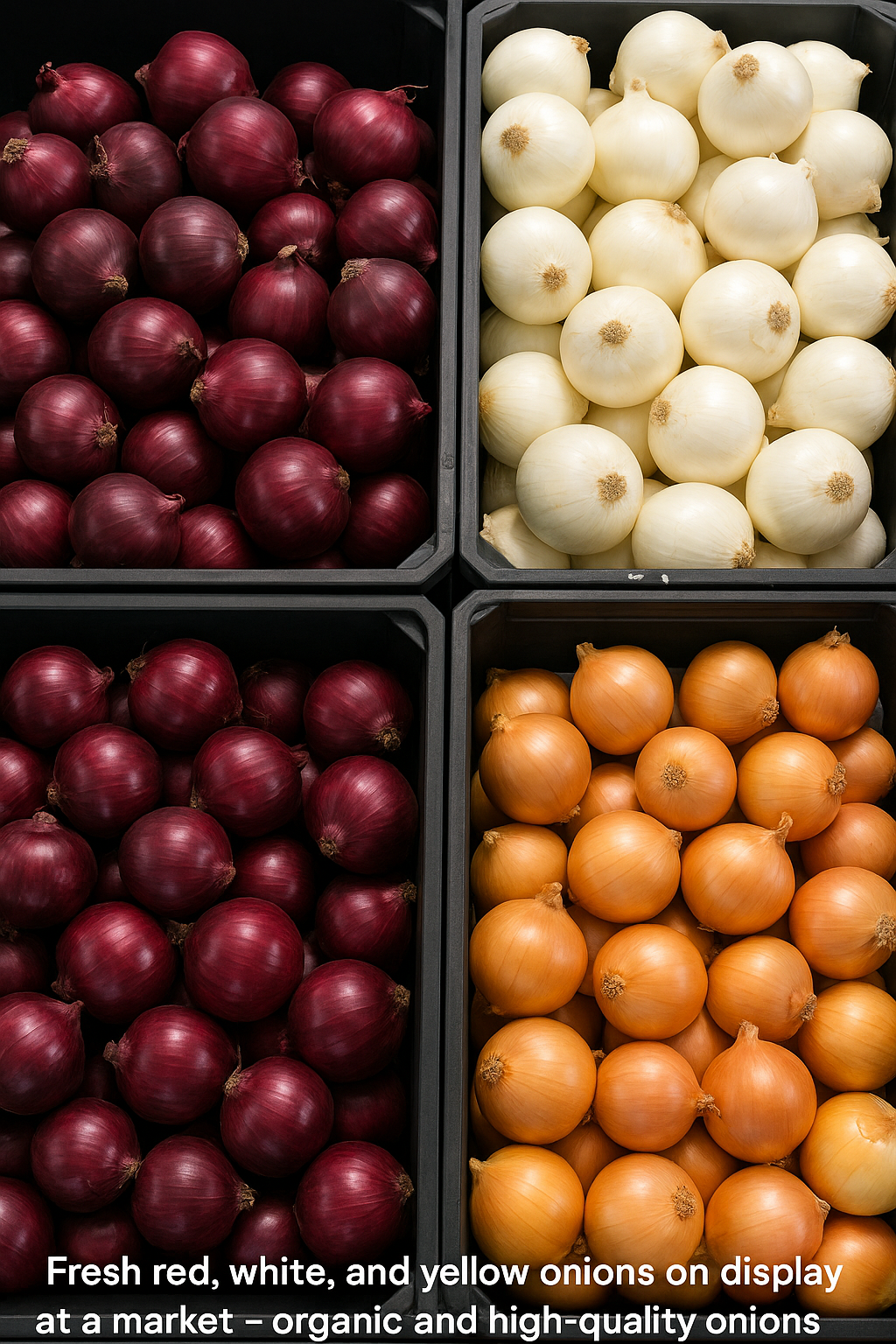
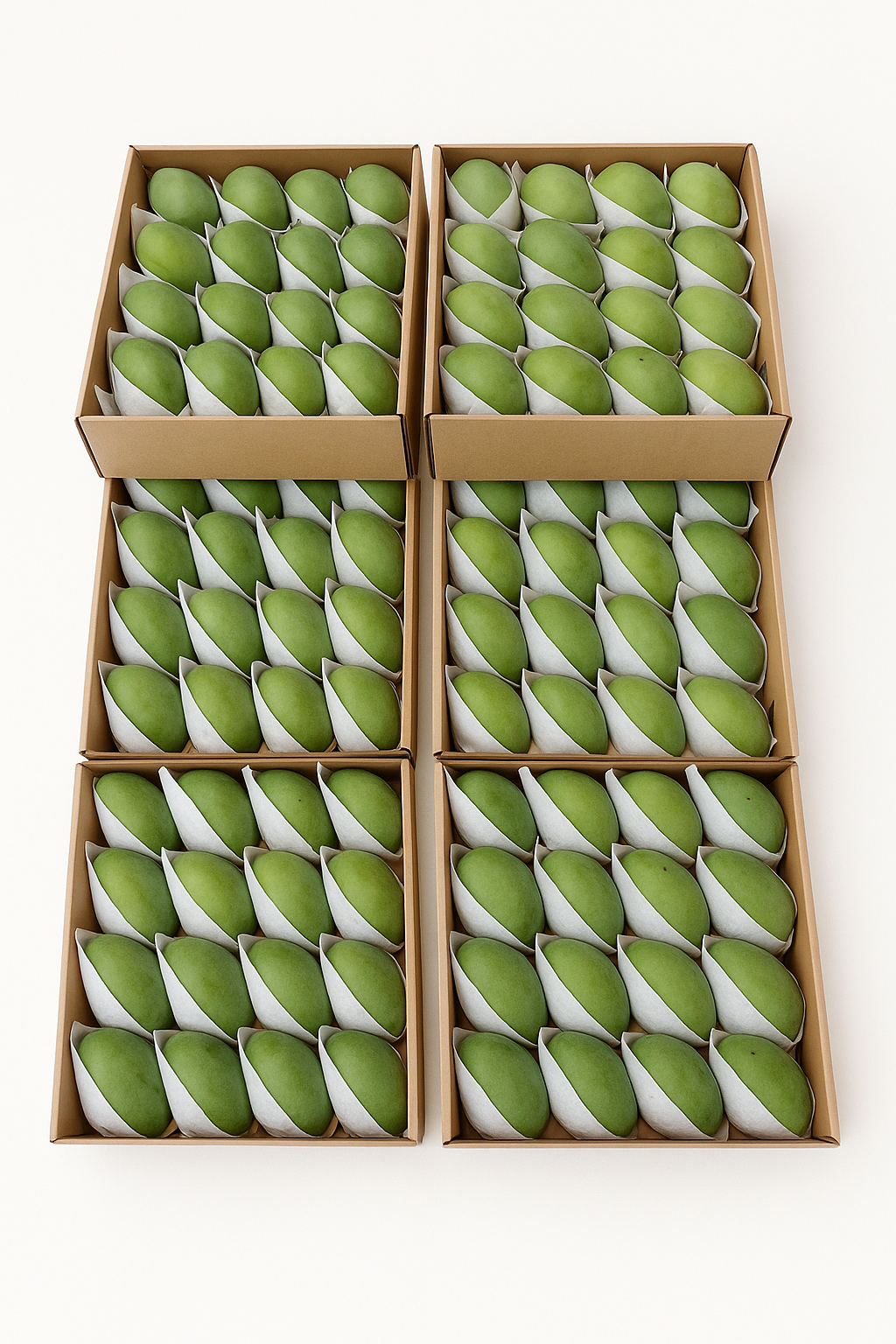
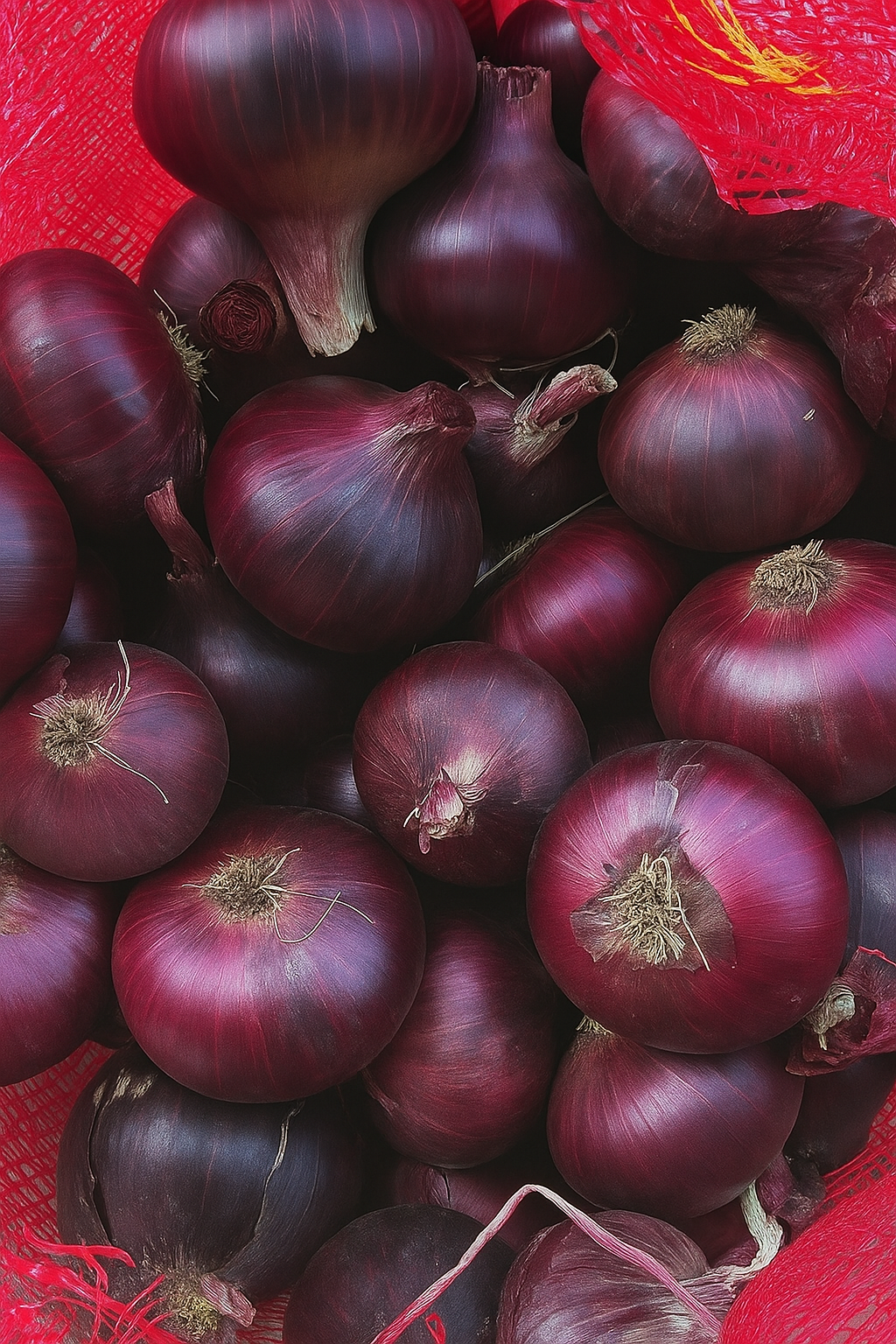

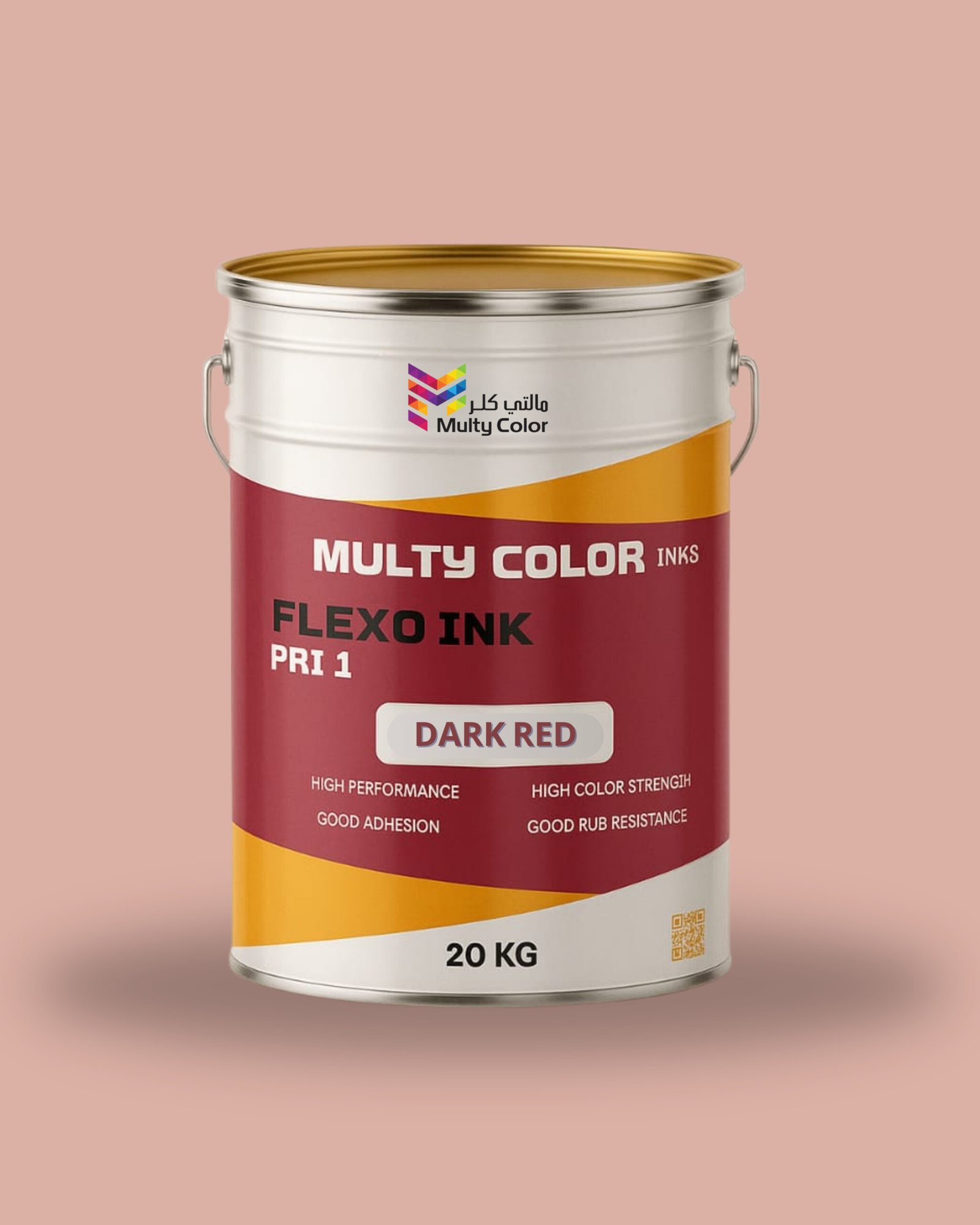



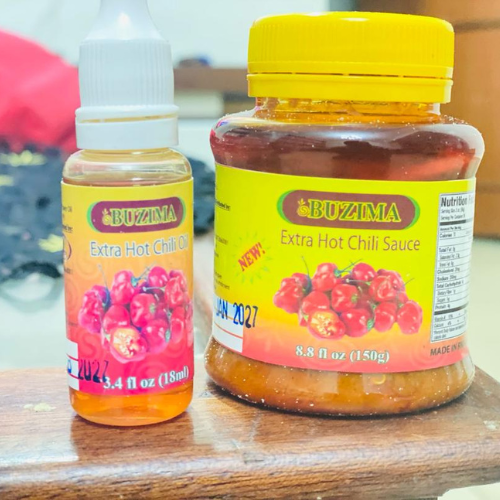


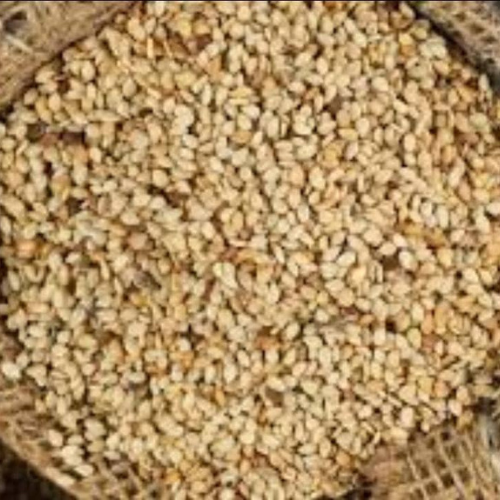


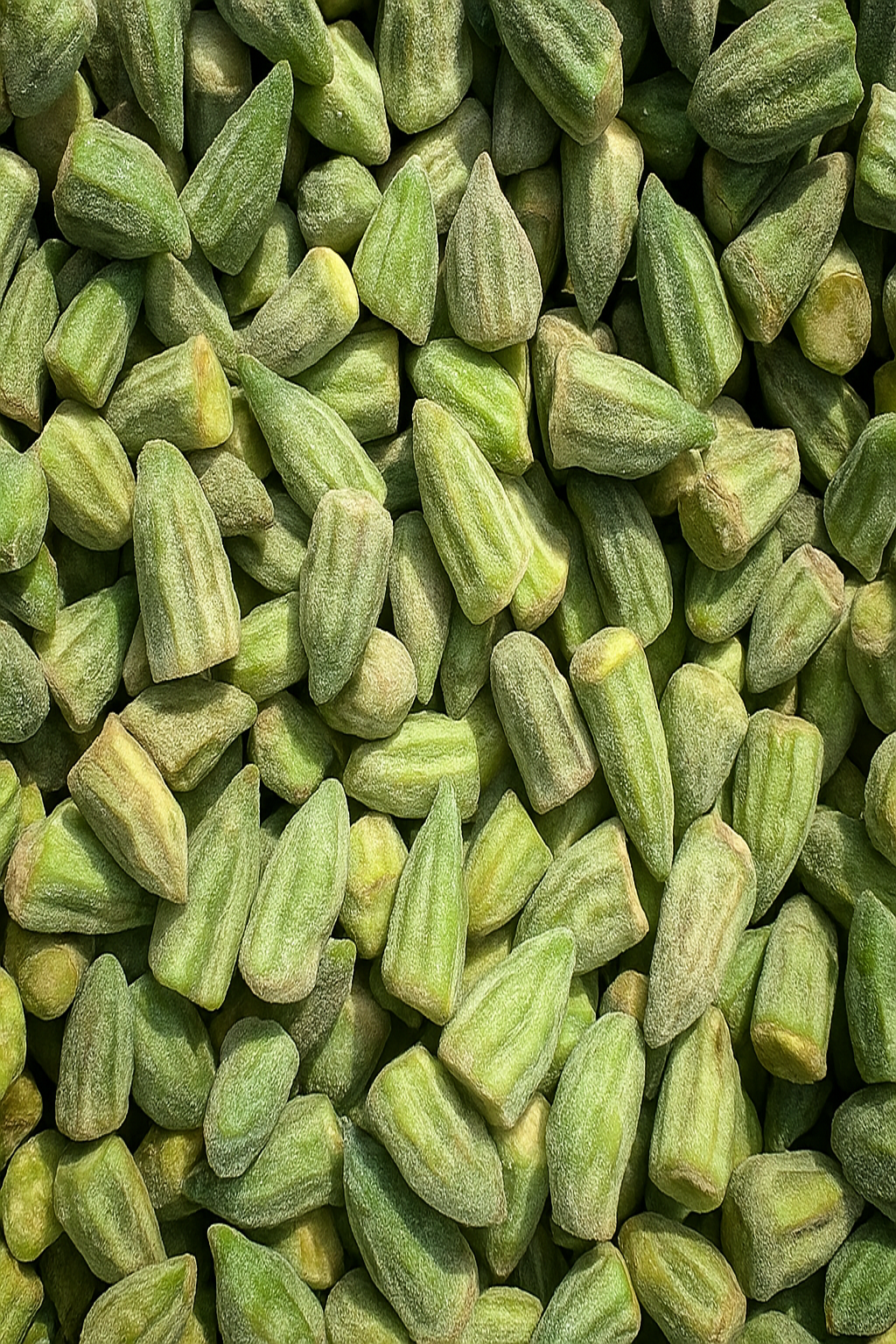
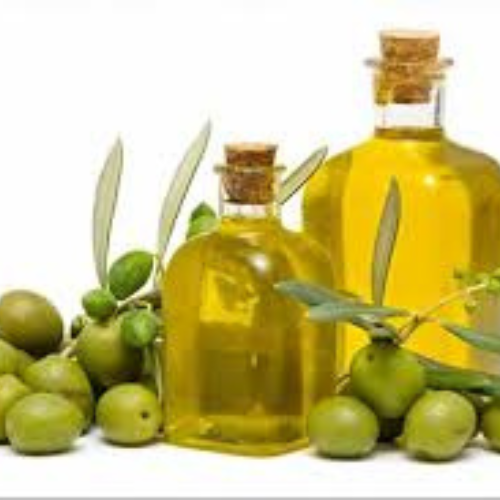
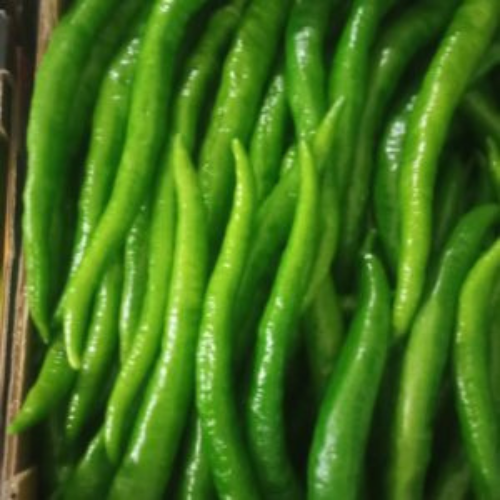



Reviews
There are no reviews yet.